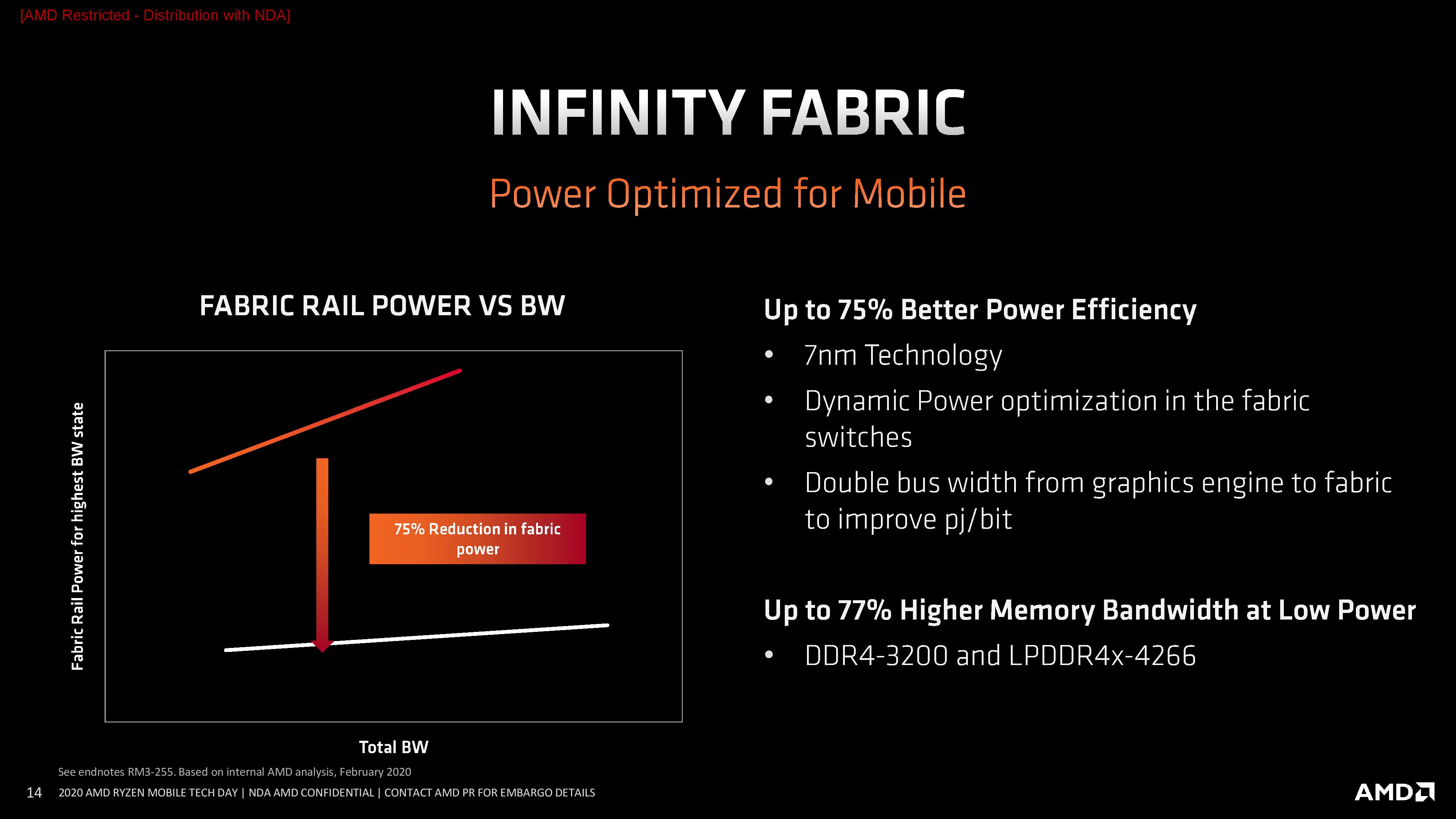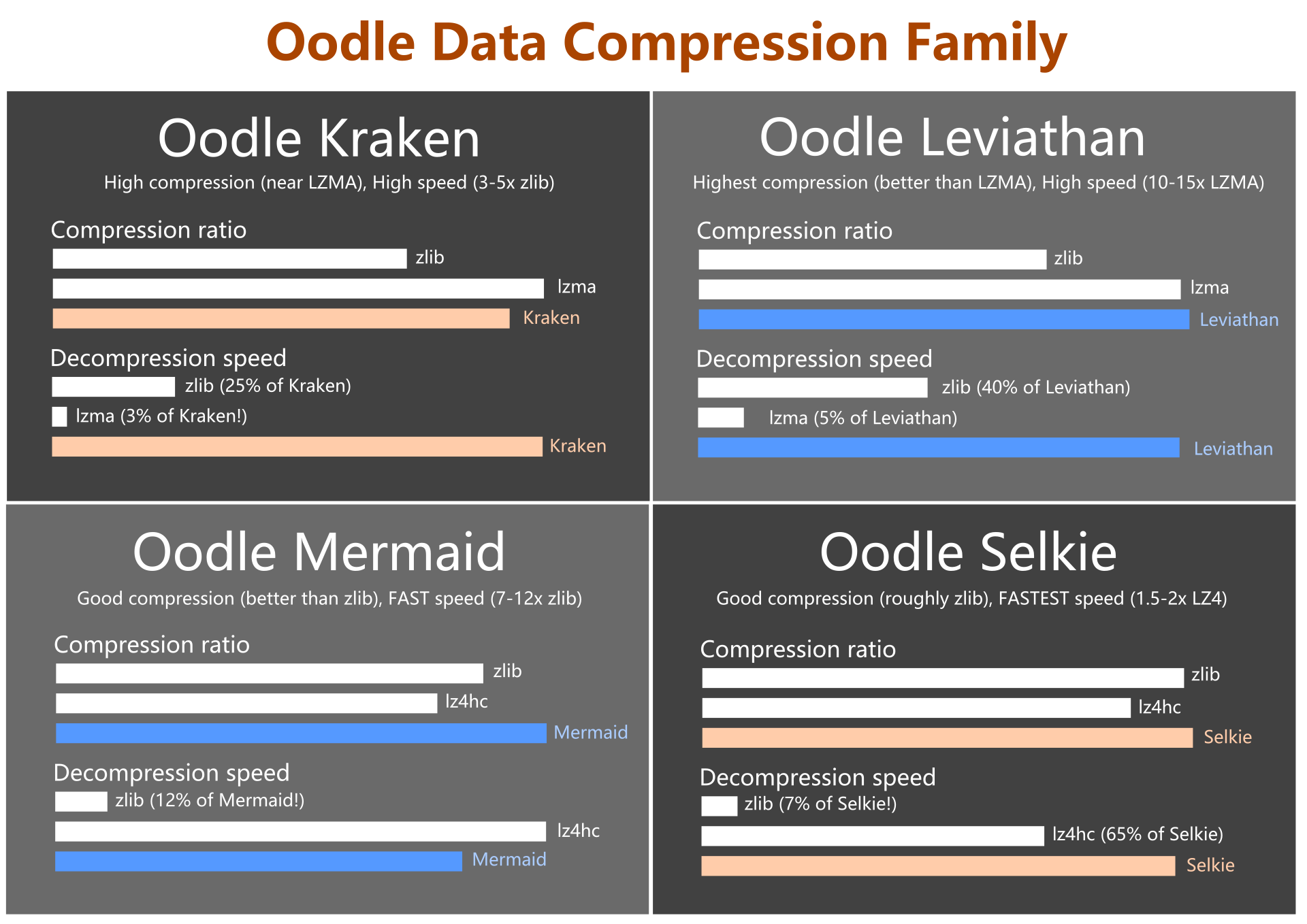When did they say it will be N7P?
They didn’t, they did, however, say it wouldn’t be N7+. GPUs and the Xbox APU are N7P. Zen 3 is a safe bet.
When did they say it will be N7P?
That's incorrect. AMD did not say it won't be N7+. They said they're following TSMC's nomenclature, which after the change includes N7, N7+ and N7P all under the name of '7nm'.They didn’t, they did, however, say it wouldn’t be N7+. GPUs and the Xbox APU are N7P. Zen 3 is a safe bet.

That's not at all what they said. They said they removed N7+ because TSMC considers N7P, N7+, and N7 to all be the same process group, and AMD want to make sure they are following that same nomenclature to reduce confusion. In reality, they did it to obscure what process they are going to use, since there is a sizeable performance difference between N7P and N7+.They didn’t, they did, however, say it wouldn’t be N7+. GPUs and the Xbox APU are N7P. Zen 3 is a safe bet.
Add some clock speed increase and also some all core boost clock increase and you already have 25%.An IPC increase of only 15% would be disappointing, in light of what Forrest Norrod has said about Zen 3.
An IPC increase of only 15% would be disappointing, in light of what Forrest Norrod has said about Zen 3.
Add some clock speed increase and also some all core boost clock increase and you already have 25%.
If you consider all this is in just one year, that's a lot.
The intel boring days of 5% improvements per year are over, so i understand that everyone now excepts DOUBLES from amd all the time.
When the lead server guy says that Zen 2 was more of an evolution of Zen and says that one should expect gains right in line with what is expected from a new architecture, 15 percent isn't enough. In other words, hyping up Zen 3 and then only achieving what Zen 2 managed over Zen would be immensely disappointing.What sort of gains you've expected - 20-25 percent or maybe even 30?
30 percent increase of IPC for two consecutive Zen generations would be pretty impressive IMO.
Btw, to just remind you - Intel was able to achieve circa 23 percent with Ivy Bridge, Haswell, Broadwell and Skylake combined.
I don't really know his words or what sense he might have said that. But any of this would achieve that:gains right in line with what is expected from a new architecture
We are already getting glimpses into what the improvements might be as seen in this slide. Some of these techniques are almost certain to be used in Zen3 for power savings.I don't really know his words or what sense he might have said that. But any of this would achieve that:
- New I/O die, more power efficient leaving more power available to the cpu cores (higher clocks at same tdp)- 4S systems, serverthehome have one article where they mention the cpu sockets can be connected with only 32 pcie lanes instead of the 64.- New I/O die with 16 channel imc, would give even more performance.- More chiplets/more cores, theres space for that but would require the more power efficient i/o die and more efficient IF chiplet interconnect
They could release an even higher end epyc 8000/9000 series with more stuff like the above, because the arm guys are getting closer.

When the lead server guy says that Zen 2 was more of an evolution of Zen and says that one should expect gains right in line with what is expected from a new architecture, 15 percent isn't enough. In other words, hyping up Zen 3 and then only achieving what Zen 2 managed over Zen would be immensely disappointing.
When the lead server guy says that Zen 2 was more of an evolution of Zen and says that one should expect gains right in line with what is expected from a new architecture, 15 percent isn't enough. In other words, hyping up Zen 3 and then only achieving what Zen 2 managed over Zen would be immensely disappointing.
I wouldn't expect 30% IPC gains on average - but 30-40% perf/watt gain through increased design efficiency, process and IPC seems achievable, not to mention awesome.I would not exclude possibility that AMD could deliver 15-20 percent improvement over Zen 2, however it seems to me that your expectations are unrealistically high - something like 30 percent or maybe even more.
Trying for humor?Can one of you good folks in the know advise on how much faster the Zen 4? will be relative to Intel's 9900k? Will it be maybe 20% faster, and when will it be available. Targeting a build for this fall and wanting to know what the fastest AMD solution will be around then... Primary use is single core flight simulation.
While it will likely be faster, until parts are on the shelves and in reviewers hands take all the leaks and speculation with a grain of salt. That goes with any product or manufacturer btw.Can one of you good folks in the know advise on how much faster the Zen 4? will be relative to Intel's 9900k? Will it be maybe 20% faster, and when will it be available. Targeting a build for this fall and wanting to know what the fastest AMD solution will be around then... Primary use is single core flight simulation.
Ryzen 4000 series is Zen 3. Nothing concrete has been publicly revealed yet performance wise, but you can expect a 20+% performance uplift compared to Zen 2 equivalent CPUs, the fastest of which are slightly slower than a 9900k in single thread performance. No one really knows about availability either, but a Q3 2020 launch is likely.Can one of you good folks in the know advise on how much faster the Zen 4? will be relative to Intel's 9900k? Will it be maybe 20% faster, and when will it be available. Targeting a build for this fall and wanting to know what the fastest AMD solution will be around then... Primary use is single core flight simulation.
Thanks so much spelling this out... So, it sounds like I could shoot for a Zen 3 (same as Ryzen 4000) late this fall with expectations of at least a 10% performance over fastest Intel chip good for flight simulation AND pick up a ridiculous amount of multi-core speed as a bonus. As a follow on... Are the MoBos for Zen3 going to be new so that if I switch to AMD for Zen 3 (4770k right now), I may be able to continue on an upgrade path for another 1-2 CPU releases from intel? Does all this sound about right... I've been "out of the ballpark" for a while and so much has changed... My last AMD build was an AthlonRyzen 4000 series is Zen 3. Nothing concrete has been publicly revealed yet performance wise, but you can expect a 20+% performance uplift compared to Zen 2 equivalent CPUs, the fastest of which are slightly slower than a 9900k in single thread performance. No one really knows about availability either, but a Q3 2020 launch is likely.
Most likely, Zen 3 will be on the AM4 socket, same as Zen and Zen 2. It may be the last generation on that socket, though, so be prepared to buy another motherboard, whether you choose AMD or Intel, for your next upgrade after Zen 3.Thanks so much spelling this out... So, it sounds like I could shoot for a Zen 3 (same as Ryzen 4000) late this fall with expectations of at least a 10% performance over fastest Intel chip good for flight simulation AND pick up a ridiculous amount of multi-core speed as a bonus. As a follow on... Are the MoBos for Zen3 going to be new so that if I switch to AMD for Zen 3 (4770k right now), I may be able to continue on an upgrade path for another 1-2 CPU releases from intel? Does all this sound about right... I've been "out of the ballpark" for a while and so much has changed... My last AMD build was an Athlon

Gideon could you please explain those charts, i'm looking at them and don't understand them. What is the base? What kind of data is being compressed/decompressed?but memory might need a faster algorithm
But what process was it?They said they're following TSMC's nomenclature, which after the change includes N7, N7+ and N7P all under the name of '7nm'.
N7+ is uses a few EUV layers.But what process was it?
I thought N7+ and N7P was the same process, the P being an abbreviation of Plus. It seams it isn't?
Amd said they were going to use tsmc 7nm HPC, which is better known by...?
Gideon could you please explain those charts, i'm looking at them and don't understand them. What is the base? What kind of data is being compressed/decompressed?
Maybe it's obvious, but i simple don't understand the scale is it by time or by data compression size?
Should be noted that those compression algorithms are proprietary and specific to game development due to being developed and sold by RAD Games Tools. For general usage I'd expect an open source algorithm to be used. https://quixdb.github.io/squash-benchmark/#compression-vs-decompression is a pretty great benchmark tool and site comparing all the newer algorithms. But what's already clear to see is that all of them would significantly slow down the usual RAM bandwidth so the algorithm used will very likely have to be more specialized to offer some compression at ideally no loss of speed with any kind of data.These charts list 4 newer algorithms for decompression from the same family (from slowest to fastest: Leviathan, Kraken, Mermaid, Selkie). These are compared to various competitors with zlib (the industry standard) being on every graph. The upper 3 bars denote how well a file is packed (more is better) the lower 3 bars are the decompression speed.
All of the algorithms are at least 2x - 14x faster than zlib and compress at least as well (Selkie) or considerably better (Kraken/Leviathan) at the cost of speed. As zlib is on every graph it's easy to see that Selkie is about 3.5x faster than Kraken at the cost of compression ratio.
PS4 uses Kraken for SSD data compression/decompression, we don't know about Xbox but it's probably something similar (e.g. zlib). I hypothesized Kraken is definitely ok for I/O but might be too heavyweight for memory compression. Selkie might be better but if not there are even lighter algorithms (that also compress less).


